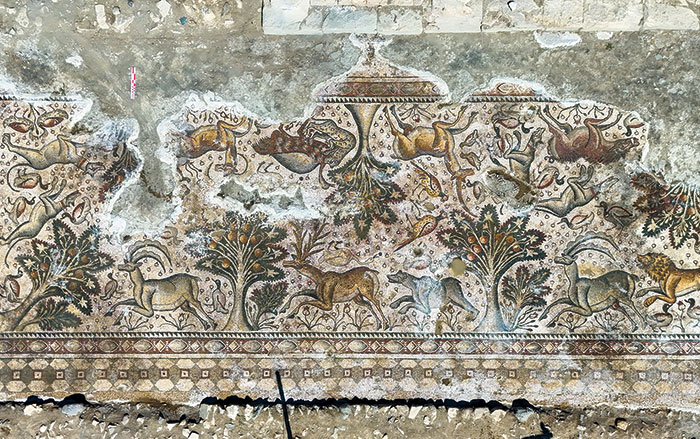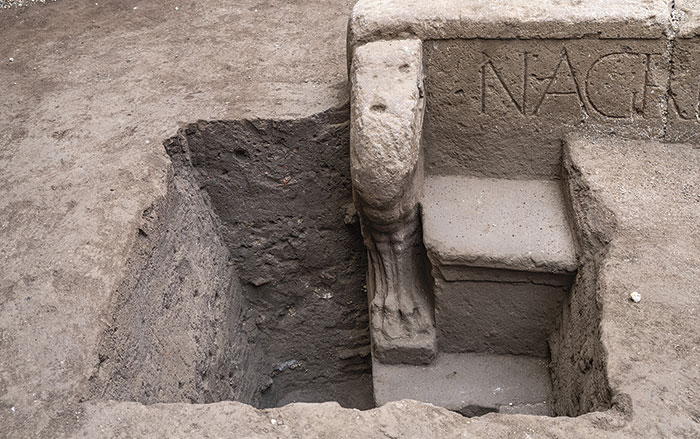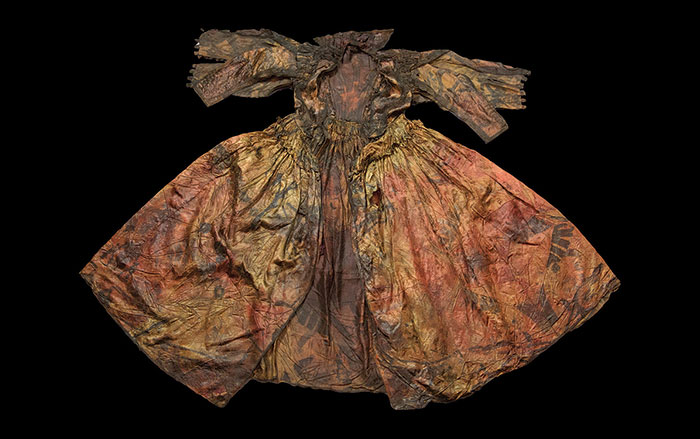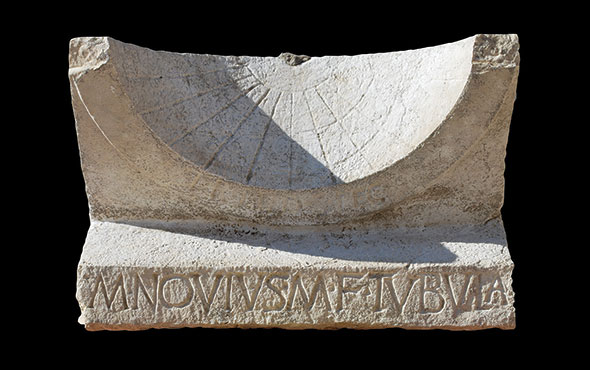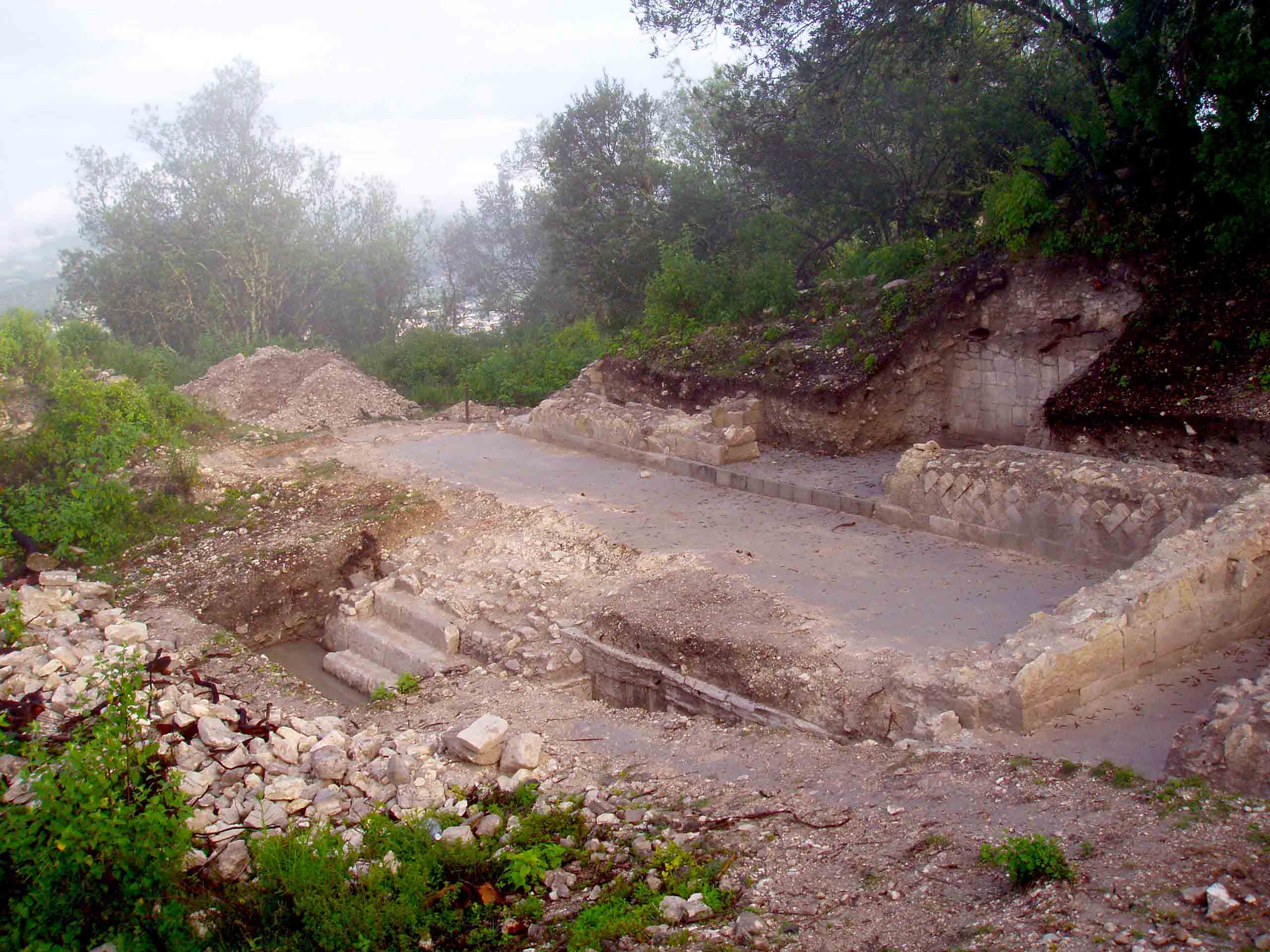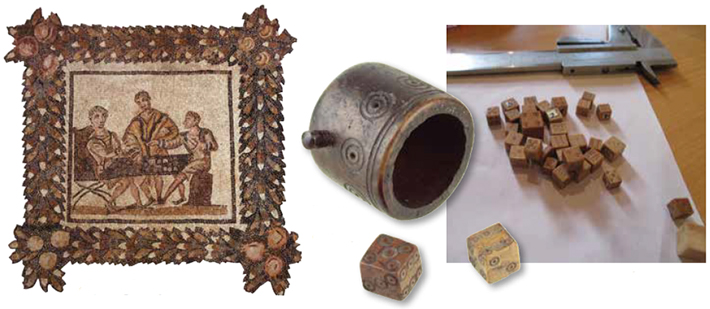
Dice generally get mentioned only in passing in excavation reports, but researchers Jelmer W. Eerkens and Alex de Voogt say that changes in dice design can reflect shifting mentalities. According to Eerkens, an anthropologist at the University of California, Davis, “It takes assembling large numbers of dice to see the broader patterns,” which is why the team visited dozens of museums to construct a historical dice database.
After comparing dice from ancient Roman, medieval, and Renaissance sites in the Netherlands, Eerkens found that they became standardized over time, shifting from “lopsided and uneven” Roman dice to more cubic designs as of 1250. By 1450, dice were highly standardized in shape with the numbers on opposite sides adding up to seven, inspired by the demand for fair dice with equal probabilities. Knowledge of math had effectively snuffed out the belief that fate, dictated by the gods, determined outcomes. With the help of the dice database—to be released publicly in the future—archaeologists will also be able to use dice to help date site layers.





